Socialization Tips for Autistic Kids
Effective Strategies to Enhance Social Skills in Autistic Children
Understanding the Social Challenges of Autism
For children with autism, socialization can often be a daunting challenge. Despite a genuine desire to connect with others, the nuances of social interaction—from interpreting social cues to managing conversations—pose significant hurdles. Understanding the intricacies of these challenges and implementing tailored strategies can make a profound difference in helping autistic children thrive socially.
Why Socialization is Difficult for Autistic Individuals
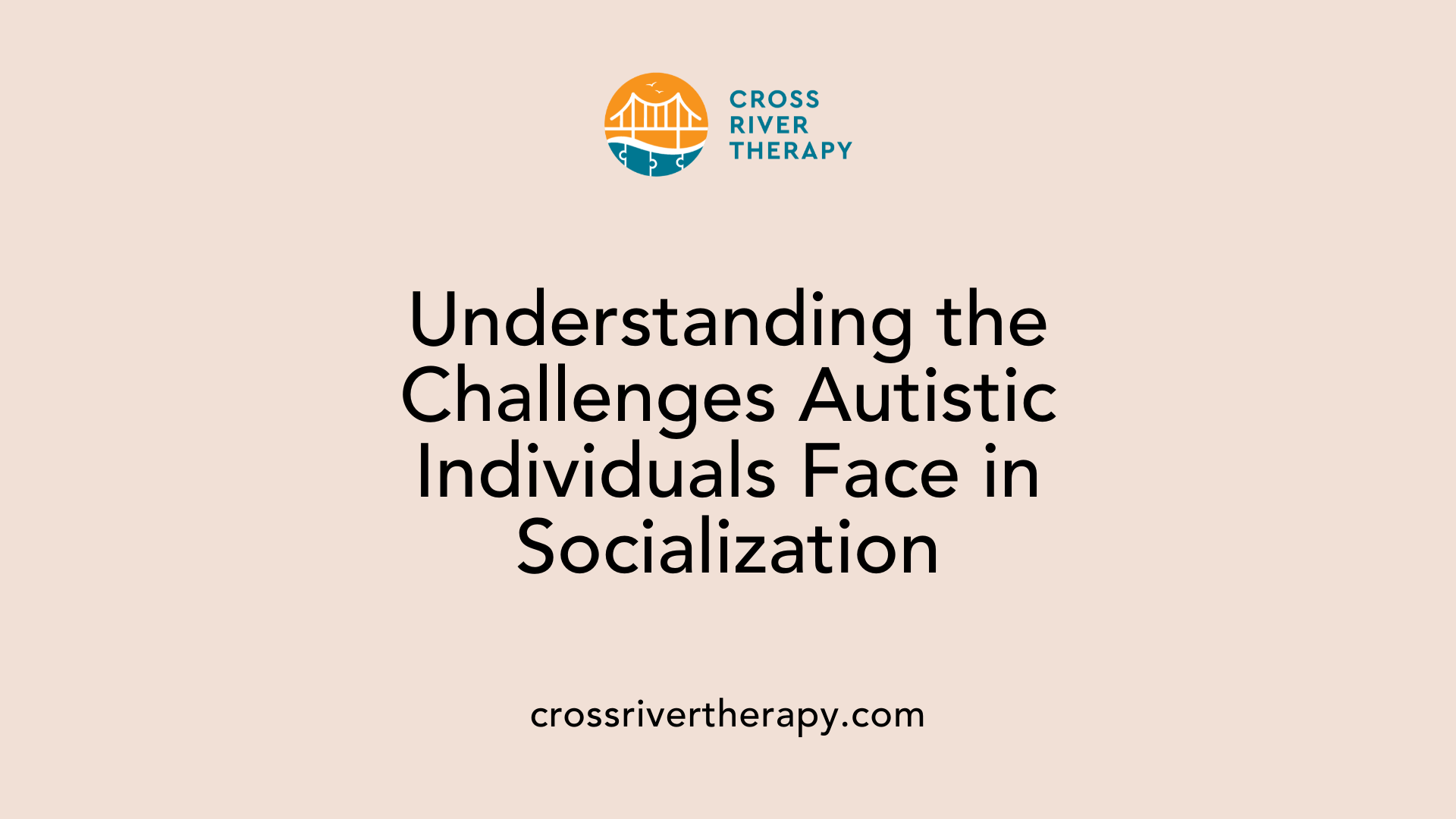
Challenges in Social Communication
Individuals with autism spectrum disorder (ASD) struggle with socialization due to several interconnected challenges. One of the core difficulties is impairments in social communication and interaction, which severely affects their ability to interpret social cues and engage meaningfully with peers. Such impairments can lead to misunderstandings and difficulties in developing friendships.
Typically, nonverbal communication skills—crucial for effective interaction—are often underdeveloped in autistic individuals. This can result in challenges in understanding facial expressions or body language, which are pivotal in navigating social dynamics. Thus, these communication hurdles contribute significantly to the feelings of social isolation among many on the spectrum.
Impact of Sensory Sensitivities
In addition to communication challenges, many individuals with ASD experience sensory sensitivities that can overwhelm them in social settings. For example, loud noises, bright lights, or even certain textures can distract them during interactions. When their sensory systems become overloaded, it hinders their ability to process social information effectively, making social situations even more daunting.
Importance of Early Intervention
Early intervention and tailored support strategies, like social skills training, can significantly improve social outcomes for individuals with ASD. Programs focusing on teaching social skills in a structured environment provide opportunities for practice and reinforce what they learn in real-world situations. Encouraging social independence and stimulating positive social interactions are essential steps for children with autism to build thriving relationships.
Teaching Social Skills at Home: A Guide for Parents
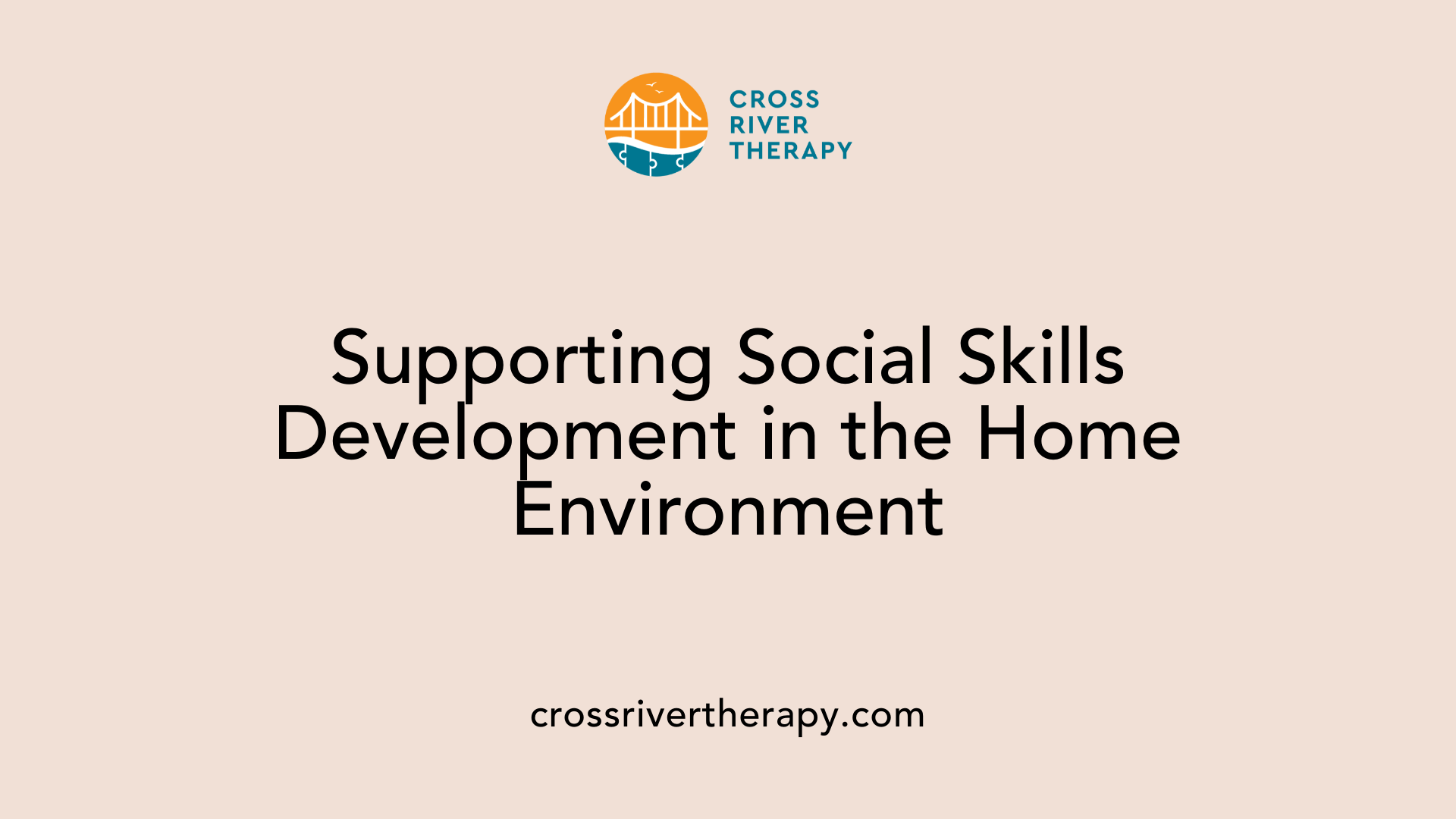
Role of parents in social skills development
Parents play a vital role in the social skills development of their autistic children. Understanding that typical social cues, such as maintaining eye contact or grasping the nuances of small talk, do not come naturally for many children on the autism spectrum is essential. Being educated about autism can empower parents to reinforce learned behaviors effectively.
Practicing social skills at home
To foster social skills, consistency is key. Parents should engage in role-playing and structured activities, simulating real-life scenarios that their children might encounter. Tools like visual aids can illustrate correct behaviors and responses, making it easier for children to grasp complex social norms. Furthermore, setting up opportunities for small interactions, such as playdates or family gatherings, enhances practice in a low-stress environment.
Utilizing resources and support groups
Resources from organizations dedicated to autism support, like Autism Speaks, provide various strategies that parents can use to enrich their child’s social skills. Joining support groups also connects parents with others dealing with similar challenges, offering communal learning experiences and additional support. Engaging in structured social skills courses often featuring parents allows for shared learning and development of effective communication strategies.
By patiently guiding their children through various practice scenarios and leveraging community resources, parents can significantly influence their child’s journey toward better social interaction.
Building Social Skills Through Structured Activities
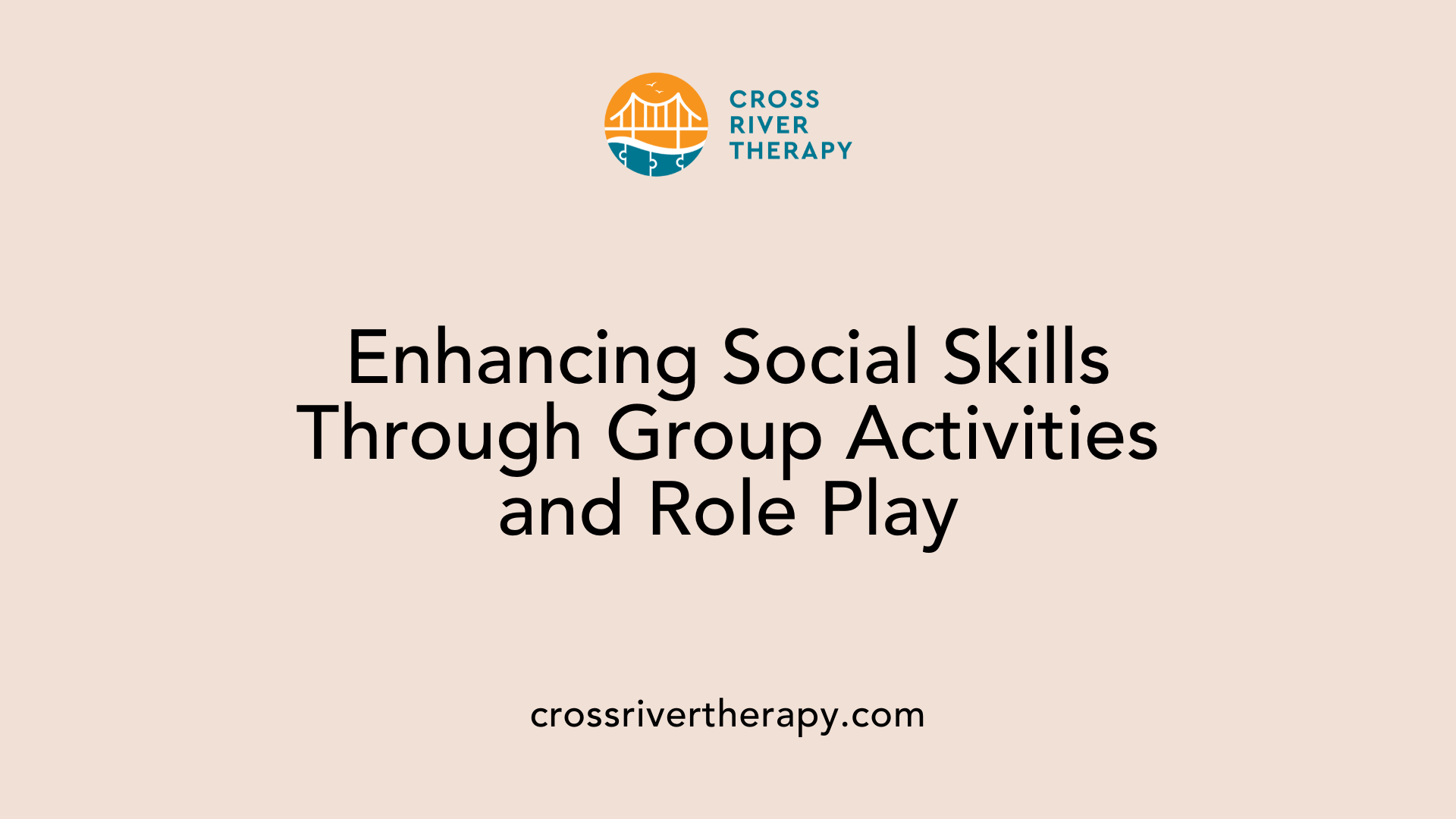
Importance of Structured Social Skills Groups
Structured social skills groups play a vital role in helping individuals with autism develop essential social interactions. These groups offer a safe environment where participants can practice social skills with peers using proven curricula. By providing guidance and structure, these groups enhance engagement and foster connections among participants, paving the way for friendships.
Role-Playing and Video Modeling
Role-playing exercises and video modeling are effective methods for teaching social skills. Role-playing allows children to simulate real-life social scenarios in a controlled setting, helping them rehearse responses and practices. Meanwhile, video modeling provides visual examples of desirable behaviors, making it easier for children to imitate those skills in actual situations. These methods reinforce learning through repetition and familiarity, reducing anxiety during genuine social interactions.
Structured Social Scenarios
Creating structured social scenarios can significantly aid skill development. For instance, practicing everyday situations, such as greeting a peer or sharing materials, helps children understand expected behaviors. Utilizing visuals and clear instructions during these scenarios makes the learning process more effective. Additionally, incorporating playful activities, like games and team challenges, encourages non-verbal communication and cooperation, essential for social engagement. By integrating these strategies, children with autism can gain confidence and improve their social skills over time.
| Method | Description | Benefits |
|---|---|---|
| Structured Groups | Safe environments for practicing social skills | Enhanced peer interactions and confidence |
| Role-Playing | Simulates real-life interactions | Prepares children for various social scenarios |
| Video Modeling | Visual examples of appropriate behaviors | Aids imitation and application in real situations |
Navigating Social Interactions: Practical Tips and Techniques
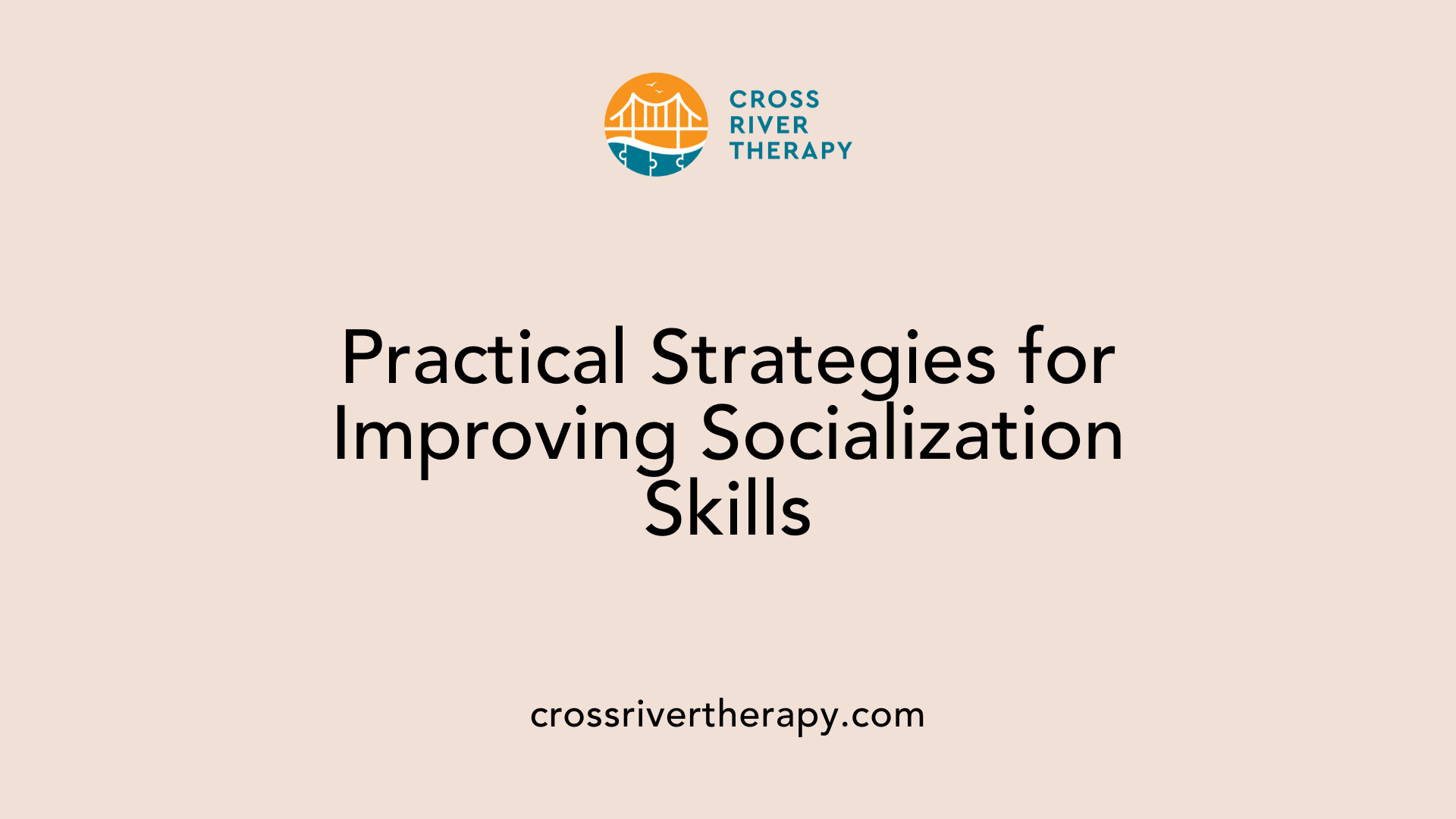
How can autistic individuals improve their socialization skills?
Autistic individuals can enhance their socialization skills through several practical approaches. One effective technique is to focus on conversation skills. This includes minimizing distractions, using clear and concise language, and being aware of both verbal and non-verbal cues during interactions. Practicing conversation openers on familiar topics, like the weather or hobbies, can provide smooth starting points for discussion.
Additionally, regularly engaging in settings that are comfortable can significantly aid in practicing social skills. Comfortable practice settings allow individuals to rehearse interactions without the pressure of unfamiliar environments. Techniques such as role-playing in a trusted environment can help prepare for real-life scenarios, reducing anxiety related to unexpected social situations.
Another crucial aspect involves managing social anxiety. Taking deep breaths before entering social interactions and assuming positive intent from others can help ease anxieties. Setting realistic expectations around social interactions is also important—individuals should remind themselves that not every encounter will lead to friendship, and it is perfectly okay to feel disappointed on occasion.
By implementing these methods, including reinforcing positive behaviors and engaging in small group discussions, autistic individuals can build confidence and improve their social interactions in various contexts.
Coping with Overstimulation in Social Settings
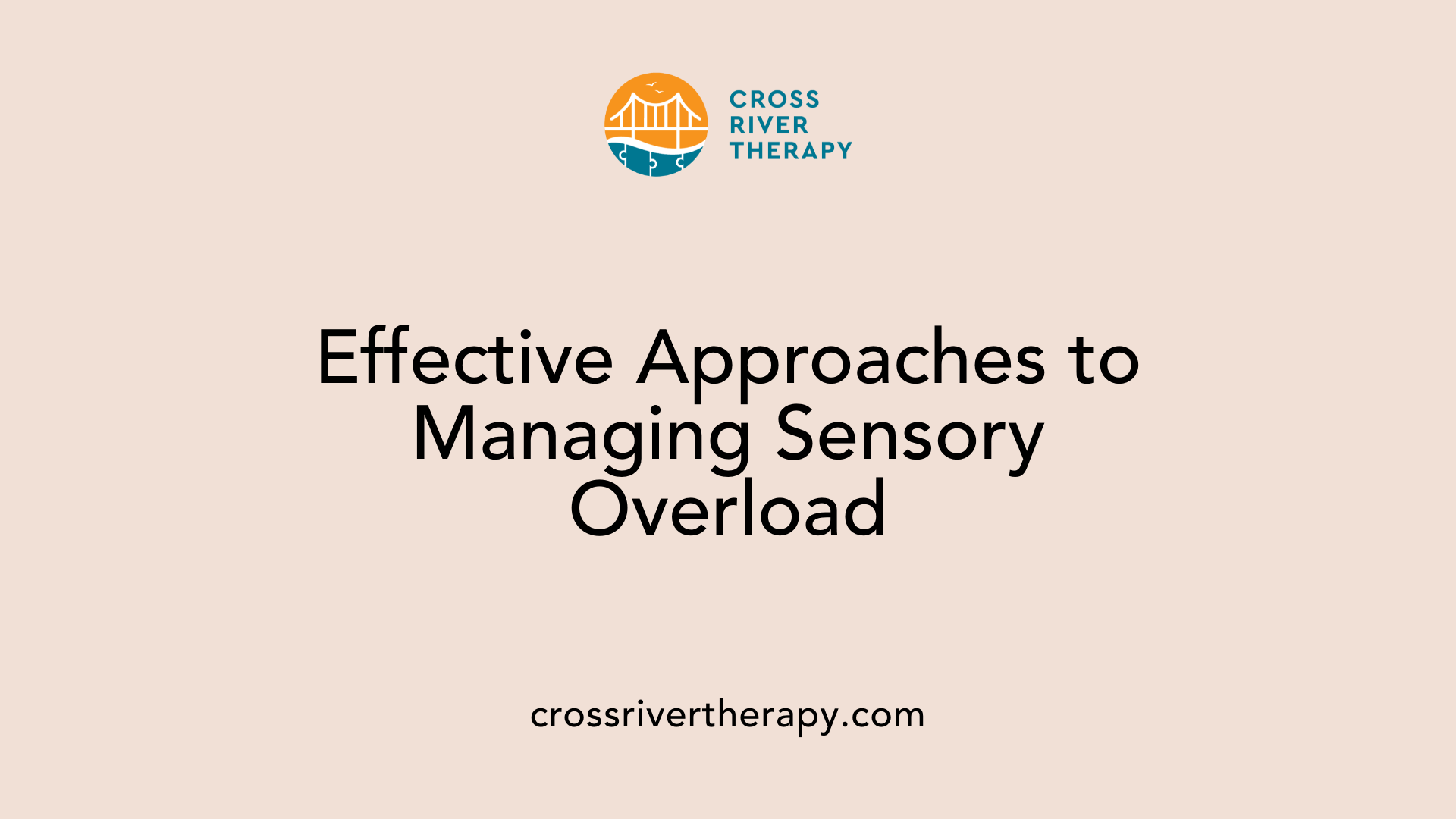
Identifying and managing sensory overload
For individuals on the autism spectrum, identifying when sensory overload occurs is a critical first step. Signs of overstimulation can manifest as physical responses, including covering ears, withdrawing from the environment, or repetitive movements. Recognizing these signals enables timely intervention to minimize distress.
Strategies for sensory-friendly environments
Creating sensory-friendly spaces is essential to facilitate social interactions. Here are some strategies:
- Dimming lights: Bright, harsh lighting can be overwhelming; softer lighting can create a more comfortable atmosphere.
- Reducing clutter: A clutter-free environment helps prevent distractions and overstimulation.
- Minimizing background noise: Reducing ambient sounds, such as chatter or music, promotes a calmer setting.
Therapeutic support options
Therapeutic practices can significantly aid those experiencing sensory overload in social settings. Occupational therapy often includes customized strategies for sensory management, helping individuals develop coping mechanisms like taking sensory breaks or using deep pressure techniques. Cognitive-behavioral therapy can also assist in recognizing and managing anxiety linked to overstimulation. Furthermore, maintaining predictable routines and employing visual schedules can promote a sense of security, making it easier to navigate social situations without becoming overwhelmed.
The Power of Pets and Play in Social Skill Development
Impact of Pets on Social Skills
Having pets can significantly bolster social skill development for children on the autism spectrum. Recent studies indicate that children with pets often form emotional bonds that enhance their ability to connect with peers. Pets provide relatable talking points during interactions, fostering communication and reducing anxiety in social situations.
Games and Play-Based Learning
Engaging in play is one of the most effective strategies for teaching social skills. Activities like tossing a bean bag can promote socialization by encouraging children to communicate non-verbally and cooperate with peers. Additionally, role-playing games offer a secure environment for autistic children to practice interactions and develop their conversational skills.
Encouraging Non-Verbal Communication Through Play
Play-based activities also facilitate understanding of non-verbal cues. Incorporating tools like 'talking sticks' during games can help children learn turn-taking and improve their ability to recognize others' emotions. Through structured play, children with autism can enhance their social competence in a fun and relaxed setting, preparing them for real-life interactions.
Integrating Socialization into Daily Life
Everyday Social Opportunities
Children with autism can benefit significantly from engaging in everyday social interactions. Family activities like cooking, running errands, or playing games provide organic chances to practice social skills. These low-pressure environments allow children to learn important social niceties naturally, reinforcing their ability to integrate into larger social settings.
Community Involvement Strategies
Joining local groups, such as sports teams or church activities, enhances socialization opportunities. Structured environments in settings like the Special Olympics or community volunteering programs make it easier for children to connect with peers over shared interests. Additionally, organizing playdates or participating in after-school activities creates safe spaces for social skill integration.
Utilizing Technology for Social Skills Practice
Mobile apps and online platforms can offer children a less stressful way to practice communication skills. Virtual playdates enable them to navigate social interactions at their own pace, allowing for exploration and gradual familiarity with conversational dynamics. Technology can thus serve as a valuable support system in developing social skills in a controlled manner.
Cultivating Social Success for Children with Autism
The journey to developing social skills in children with autism is multifaceted and requires patience, understanding, and a supportive environment. By leveraging structured approaches, engaging in community activities, and fostering open dialogues, parents, educators, and caregivers can empower autistic children to explore and enhance their social capabilities. Long-term support and continuous practice are key to helping children on the spectrum build meaningful connections and navigate the world around them with greater ease.
References
- Social skills and autism | Autism Speaks
- Making friends - a guide for autistic adults
- 7 Ways to Increase Social Skills in Children with Autism - Integrity, Inc.
- Making Friends When You're On The Autism Spectrum - Tasha Oswald
- Autism and Social Skills Development
- 5 Ways to Help A Child With Autism Learn Social Skills
- Autism and Socialization
- Making friends - supporting your autistic child



